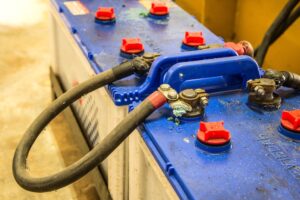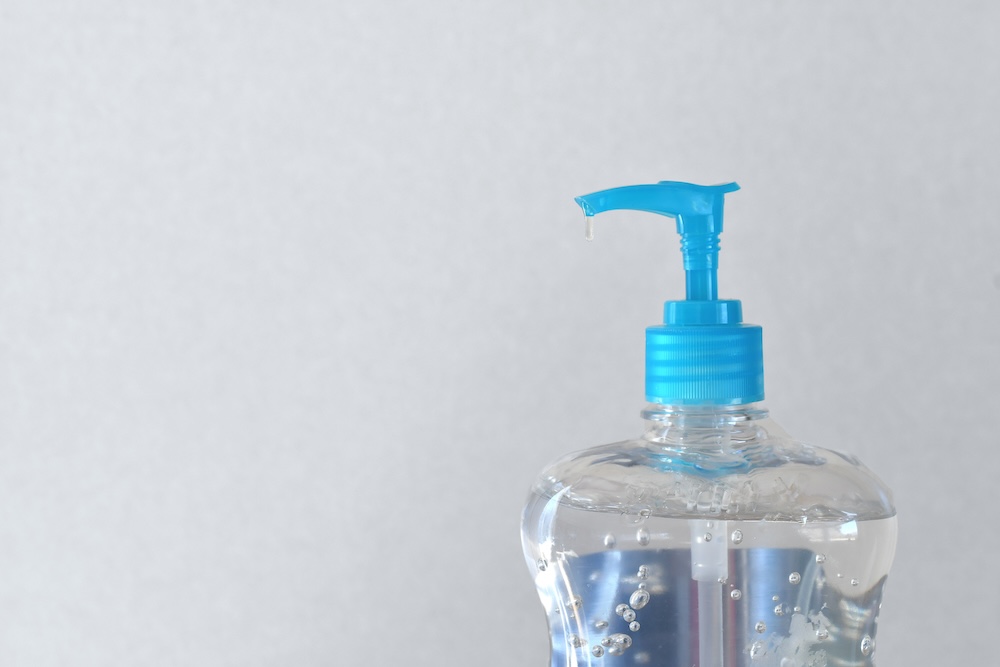What Is Over-Sanitization?
Over-sanitization refers to the excessive use of disinfectants, antibacterial products, and sterilization techniques in daily life. While proper hygiene is essential—especially in medical settings—routinely over-sanitizing our homes, hands, and environments can have negative consequences for both personal health and the planet.
Why Over-Sanitization Became Common
- Increased awareness of pathogen transmission (especially during the COVID-19 pandemic)
- Marketing campaigns promoting “99.9% germ-free” products
- Social norms equating strong smells and disinfectants with cleanliness
Unfortunately, this culture of hyper-cleanliness can disrupt natural microbial ecosystems and lead to unintended side effects.
Health Consequences of Over-Sanitizing
1. Disruption of Skin and Gut Microbiomes
- Antibacterial soaps and sanitizers kill both harmful and beneficial bacteria
- Damaged microbiota can lead to eczema, dryness, and skin sensitivity
- Overuse of oral antibiotics or antimicrobial agents may disrupt gut flora
2. Weakened Immune System
- A lack of exposure to everyday microbes may contribute to the “hygiene hypothesis”
- Children growing up in overly sterile environments may have a higher risk of allergies, asthma, and autoimmune diseases
3. Increased Resistance to Antimicrobials
- Overuse of chemical disinfectants contributes to the development of antimicrobial-resistant (AMR) bacteria
- Some ingredients, like triclosan, have been shown to promote bacterial resistance
Environmental Impact of Over-Sanitization
1. Chemical Runoff
- Disinfectants used at home or in public spaces can enter waterways through drains
- Ingredients like quaternary ammonium compounds (quats) and bleach can harm aquatic life
2. Air and Indoor Pollution
- Many cleaning sprays and sanitizers release volatile organic compounds (VOCs)
- These VOCs contribute to indoor air pollution and may cause headaches, respiratory issues, and eye irritation
3. Packaging and Plastic Waste
- Over-sanitization often comes with single-use wipes, gloves, and bottles, creating massive plastic waste
- These items frequently end up in landfills or the ocean
Safer and More Sustainable Alternatives
1. Use Soap and Water When Possible
- Washing with plain soap and warm water is effective and less damaging than constant sanitizer use
2. Choose Eco-Friendly Disinfectants
- Look for biodegradable, non-toxic cleaning products with transparent labeling
- Avoid products with synthetic fragrances and unnecessary antimicrobial agents
3. Reduce Frequency, Increase Targeting
- Focus cleaning efforts on high-touch, high-risk surfaces instead of blanket sanitization
- Allow some natural microbial exposure in non-risk areas (like home gardens or nature)
4. Opt for Reusable Cleaning Materials
- Use cloth rags, refillable spray bottles, and washable masks to reduce waste
Common Questions
Is sanitizing worse than not cleaning?
Not at all—basic hygiene is vital. But constant disinfecting of everything can do more harm than good, especially to your microbiome.
Are natural cleaning products strong enough?
Yes, many are highly effective for household use, especially when paired with regular cleaning routines.
Can I still use hand sanitizer safely?
Absolutely—just try not to overuse it. Use it when soap and water aren’t available or in high-risk areas like hospitals.
Is over-sanitizing really linked to autoimmune disorders?
Emerging research supports this connection, especially in early childhood, though it’s still being studied.
Final Thoughts
In our pursuit of cleanliness, we may be over-correcting and creating new health and environmental problems. Striking a balance means protecting ourselves from genuine risks without sterilizing every aspect of our lives.
By choosing microbiome-friendly hygiene practices and sustainable cleaning products, we support not only our immune systems but also the planet’s ecosystems. Clean doesn’t have to mean sterile—and natural exposure can be a healthy part of living well.









Reader Interactions